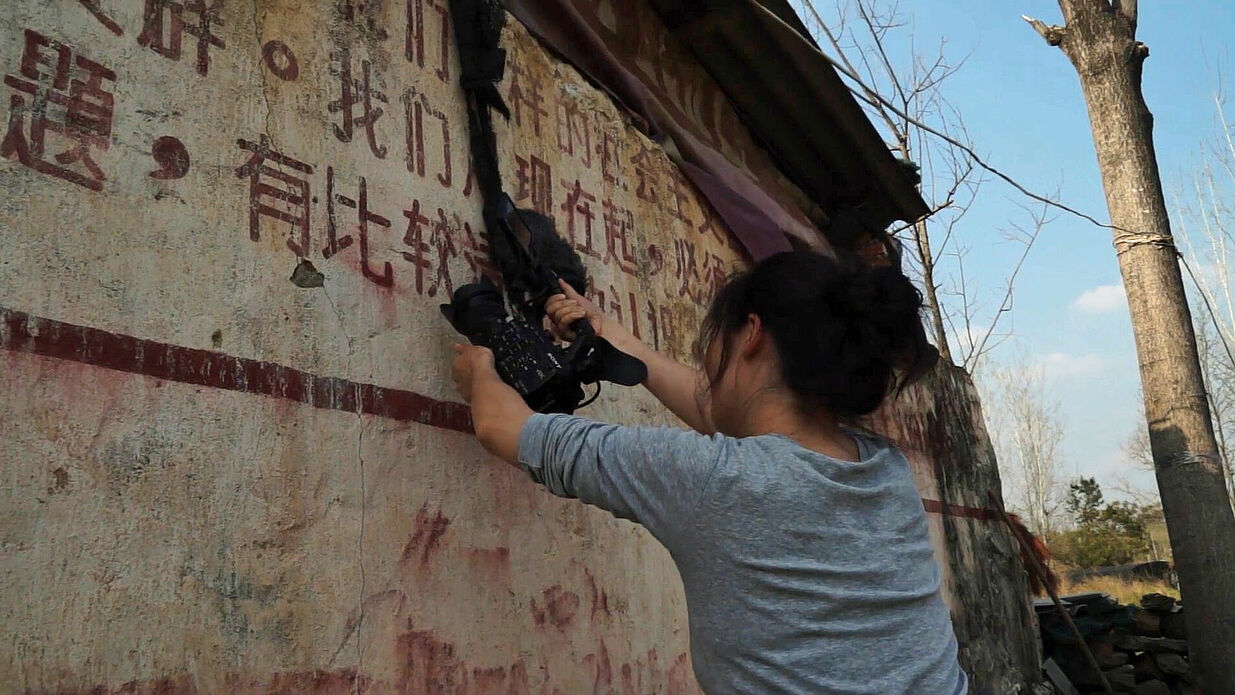Outcry and Whisper
Female directors in Independent Chinese Documentary

The emergence of the new, independent Chinese documentary film—one operating outside the state-controlled channels of production and distribution—can be located between the crackdown on the Tian'anmen protests in 1989 and Deng Xiaoping's 1992 trip through southern China, as a result of which the Communist Party ultimately committed itself to a ‘socialist market economy,’ and a capitalist model of development de facto became the future horizon of the People's Republic’s state-enforced transformation process.
The fundamental shifts and contradictions in the aftermath of these two events—economic liberalism on the one hand and continued political authoritarianism on the other—provided a central impetus for the formation of new documentary forms in China, while also serving as the fundamental thematic framework of the movement. Thus, works connected to Independent Chinese Documentary predominantly deal with the dark underbelly of the second Chinese modernity and focus, with micro-historical affinity, on the everyday lives of those whose fates are ignored or systematically masked in state-official media contexts.
In terms of aesthetics and production techniques, one can also observe a shift away from previous conventions of documentary. While, up until the 1990s, non-fiction formats in the People's Republic had existed primarily as script-based studio productions that ostentatiously aimed at ideologically educating the audience, with the New Documentary Movement, open-ended on-location observations and an aesthetic of immediate, raw realism became the maxim.
Because, in the early days of the movement, getting access to film equipment was still a challenge, and a privilege of those directors who already had connections with the state television system, the intended departure from established production contexts was limited at first, as evidenced by the fact (among other things) that it was not until the end of the 1990s that the first, scattered independent documentaries by female directors were made.
In this context, the spread of easy-to-use and inexpensive digital camera technology led to a decisive pluralization and enabled those who had previously been excluded from cinematic practice to participate in moving image production. Accordingly, an increase in Independent Chinese Documentary works by women can be observed from the second half of the 2000s. However, women filmmakers are still a minority within this movement, and their work is hardly visible abroad, especially outside of isolated festival screenings.
The retrospective Outcry and Whisper gives a detailed account of contemporary independent documentary filmmaking by Chinese women directors. It assembles 16 films, most of which are being shown for the first time in Germany and were realized as one-woman operations right up to post-production. The selection, curated by Christian Lenz, offers exciting new perspectives on contemporary documentary filmmaking from China. With these works, a broad spectrum of rhetorics and styles comes into view, as well as a variety of themes ranging from present day protocols to tension-filled discussions of the Maoist era. All films will be shown in Mandarin with English subtitles.